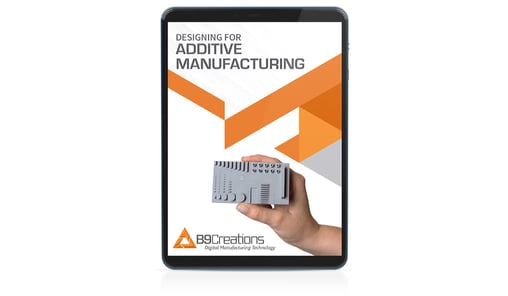Hear from Actuonix, R5 Training, and Johnson & Johnson on how they leverage additive manufacturing technology from R&D and product design to short-run production. Plus see how Actuonix shortened their product iteration cycle from 6 weeks to 2 days and saved thousands in the process. And they opened up new revenue streams from customers where minimum order quantity was a barrier before by partnering with them on low-volume 3D printing through high-volume injection molding.
We’ll also give you a look at our latest additive manufacturing innovations – from brand-new printers to software, engineering & biocompatible materials, and more.
👇 WATCH THE FULL WEBINAR HERE 👇
The B9 Core Series: 3D Printing the Unprintable
Senior Engineer at Jonson & Johnson shares more about the trend of miniaturization in the medical device industry, as well as which applications he's leveraging micro scale 3D printing for.
A Deep Dive Into Outsourcing vs. In-House 3D Printing
See the difference in product iteration time, cost per part run, total production capacity, accessibility, and opportunities when you outsource vs. bring 3D printing in-house with B9Creations tech.
Grow Your Business & Open New Revenue Streams
Actuonix Motion Devices shares how additive manufacturing is enabling business growth and opening up new revenue streams from customers where minimum order quantity was a barrier before.
Designing for Additive Manufacturing

There are less limitations when designing a part for 3D printing. Wall thicknesses do not have to be consistent throughout the part, and they can also be much thinner than that of a part that is injection molded or machined. In addition to this, draft angles do not have to be considered like they do when designing for injection molding.



